Frank Auerbach – Frank Auerbach at Tate Britain
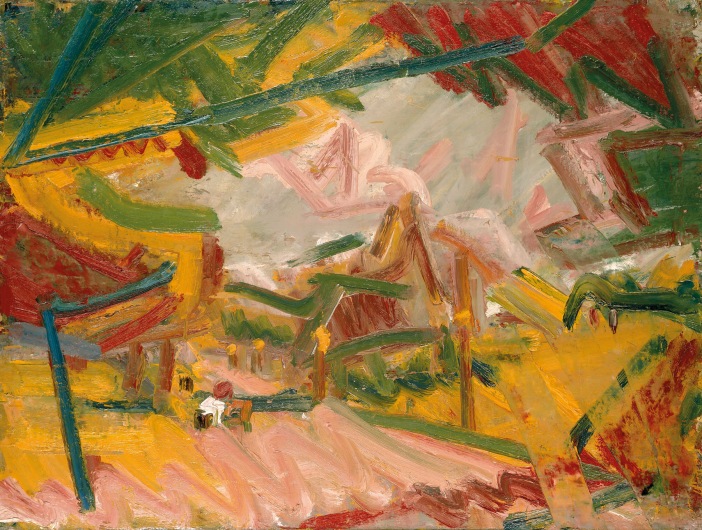
Tate Britain presents an important retrospective this year celebrating renowned British artist Frank Auerbach. It is a rare occasion to see many of his works collected together, including some new, hitherto unseen drawings and pieces being exhibited for the first time in decades. The exhibition is divided into seven rooms, six of them representing chronologically the different decades and artistic phases of the artist’s working life, while the final room acts as a kind of summary, juxtaposing in one space the various styles he has experimented with.
Known for his distinctive way of interpreting (and re-interpreting) his subjects, he has adopted several techniques over the years, some of which were criticised for their unusual nature. In the early years, Auerbach re-worked his paintings by overlapping layers of paint until he was satisfied with the result. The entire metamorphosis of the painting is thus contained within its crusty depth, meaning that every step of the creative process is somewhere beneath the highly textured surface, unseen but clearly present. Later in his career, he began to scrape the paint off when dissatisfied rather than cover it up. Erasing earlier efforts results in a change of style and gives the impression that his finished works were first attempts rather than re-workings.
The world depicted by Auerbach is small. Nearby Mornington Crescent and Primrose Hill are recurring subjects, as are the five sitters that have visited him regularly throughout his career. In spite of the limited number of themes, a restriction which would normally lead to repetition, Auerbach radically reinvents the familiar over and over. Every day, his surroundings and his loved ones speak to him in new ways, and every day he makes an exciting discovery that translates into a brand new perspective. Over time, there are also physical changes to take into account. The transitory nature of the developing city and the ageing friends informs his work on many levels. There is a sharp awareness that reality is ambiguous and one’s impressions of it elusive. As a result, his works seem active, almost animated in their attempt to emulate the constant changes.
As one moves from room to room, the repetition with variation of the same motifs gives an insight into the artist’s personal territory. As visitors absorb day-to-day impressions spanning around 60 years, the rooms inevitably become a visual biography of the man and not just an account of his artistic journey. Bold, original and alive, this exhibition serves to confirm Auerbach’s status as a notable name in the art scene of the past century.
Mersa Auda
Photo: Marlborough Fine Art Photo
Frank Auerbach: Frank Auerbach is at Tate Britain from 9th October until 13th March 2015, for further information or to book visit here.



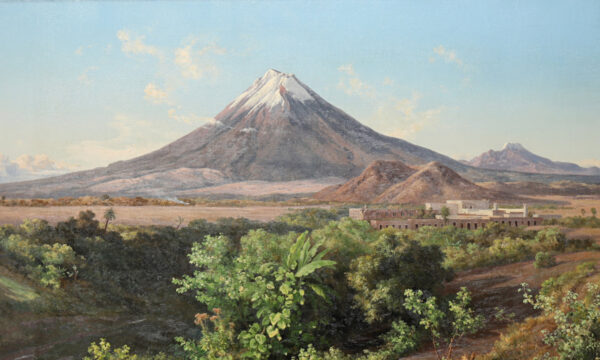
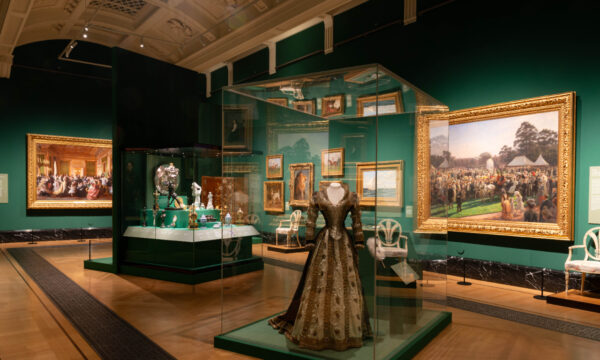

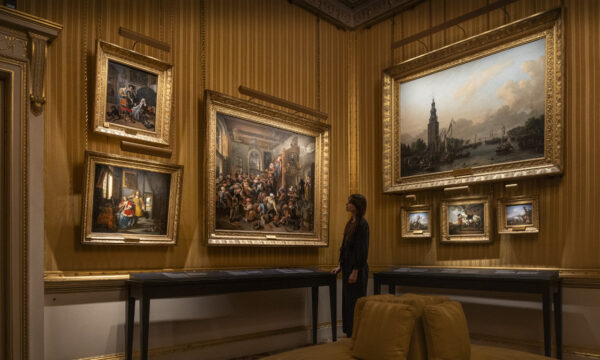
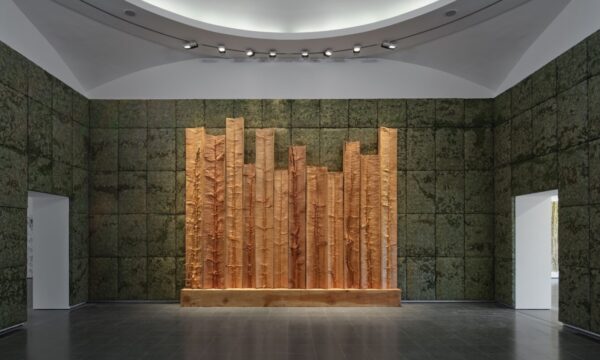

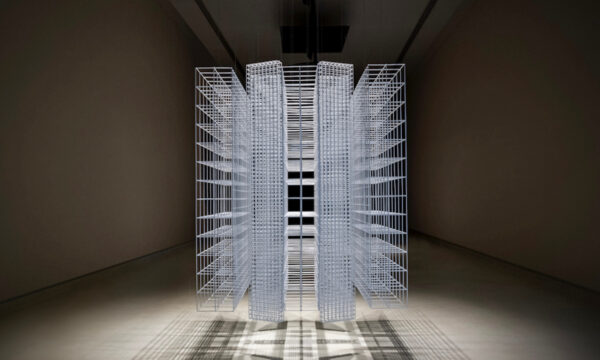




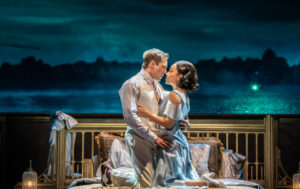








Facebook
Twitter
Instagram
YouTube
RSS